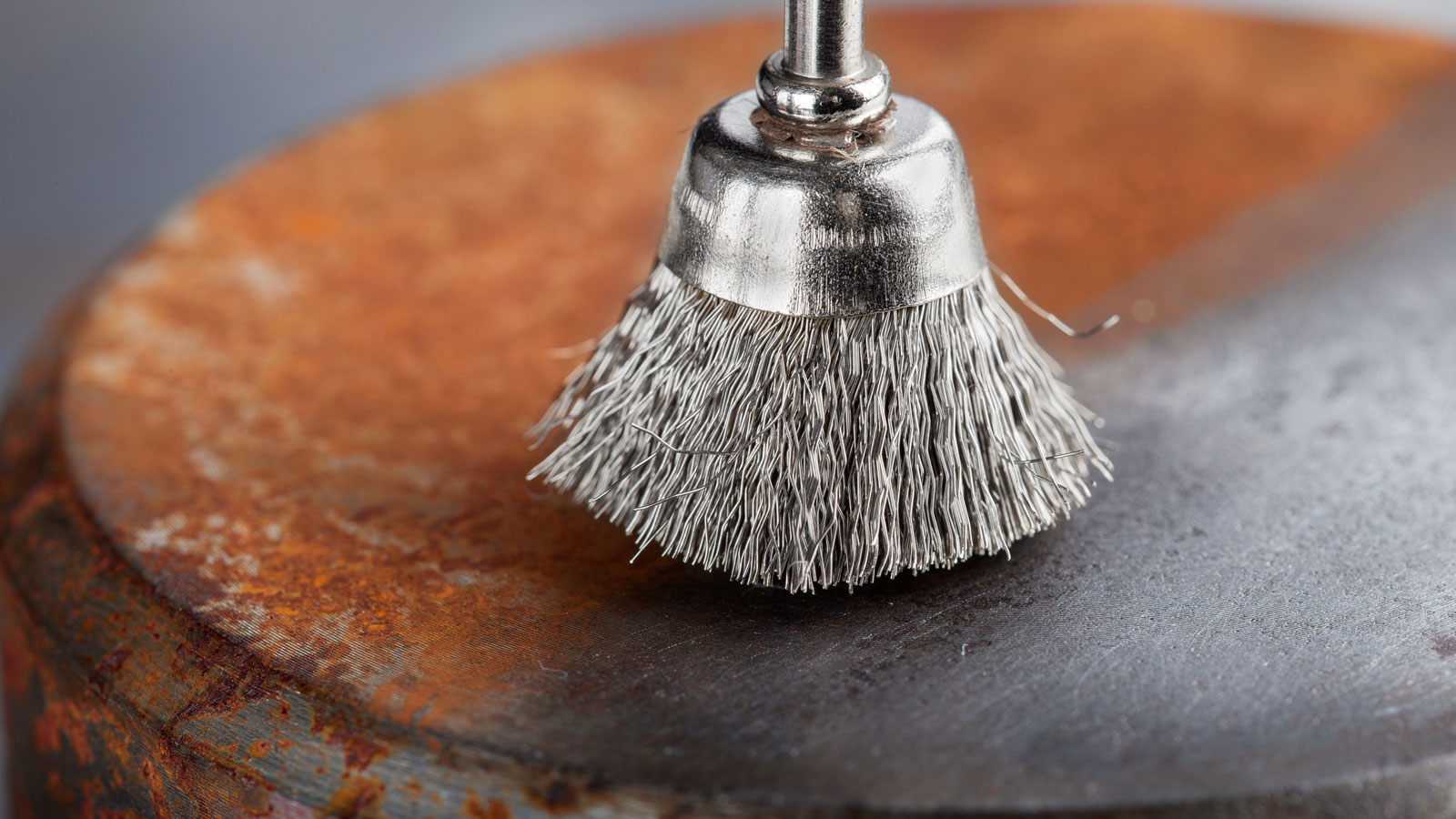
"Rust happens when iron meets oxygen and moisture, creating iron oxide - the reddish-brown substance you see peeling off old metal fences, tools or forgotten machinery. It weakens metal, tarnishes the appearance and makes your job more difficult in the long run."
"Only metals with iron in them can actually rust, so materials like mild steel and carbon steel are most at risk."
"Many of these contain acids such as phosphoric or oxalic acid, which react with iron oxide, either converting it into a more stable compound (iron phosphate) or dissolving it, so it can then be"
Rust forms when iron meets oxygen and moisture, producing iron oxide that weakens and discolors affected metals. Only metals containing iron, such as mild steel and carbon steel, are susceptible to rust. Prevention is preferable, but once rust appears it must be removed to restore strength and appearance. Professional rust removers are generally more effective than household remedies and often contain acids like phosphoric or oxalic acid that convert or dissolve iron oxide. Removal options range from specialist chemical treatments and power tools for heavy corrosion to household methods and elbow grease for surface rust.
Read at Homebuilding
Unable to calculate read time
Collection
[
|
...
]